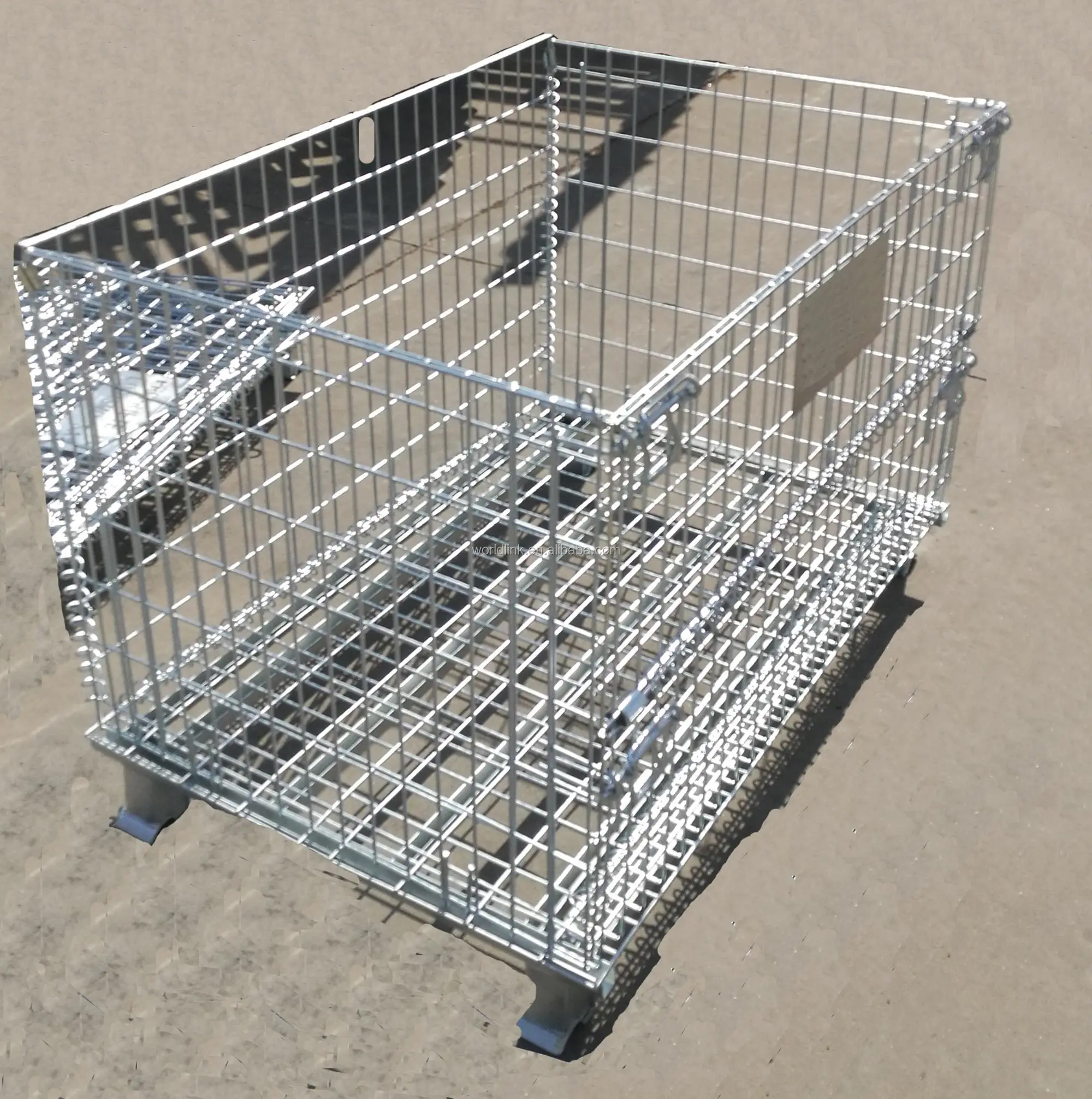

At the end the whole experience of designing such a product is presented along with ideas for further work. Results of the conducted comparison are presented and discussed. For the sample under consideration were accounted board game players but also video games players. Comparison of the user experience in the case of using just the board game and the board game with AR is conducted. The goal of the research is to identify the benefits for the players of introducing digital technology in the analogue world of the board games. The design process is performed using the well-known principles (fig.1). Along with that, the paper describes the process of designing a board game that incorporates AR, along with technical implementation. This paper presents an example of the design of what is known as AR Board Game, a class of table-top games that combines handheld devices (such as smart phones) with physical game pieces to create a merged physical/virtual game on the table-top.

By implementing AR, the game will draw interest of the video games players too. The benefits of playing board games are numerous contrary to the video games. We want to enhance the game experience by combining the best features from classical board games and video games. Implementation of AR creates added value to the game. Augmented reality games provide players with a rich and potentially unlimited range of interaction possibilities. By introducing AR in the board games this key feature is kept together with digitalization of some elements of the gameplay. The experience of hands on play has been the key feature of the board game. The board games have remained attractive in this time of complete digitalization. This paper presents the design process of a board game with augmented reality. The CAD/FEM procedure, limiting the number of experimental tests, reduced cost and time requested for the design validation. Then, FEM provided the safety factor and all the information regarding the strength of acceptable materials.


Numerical results were compared with experimental ones, permitting to refine the simulation model. Using experimental tests in displacement control conditions, critical forces on the structure were also determined. Geometrical and material nonlinear FEM analysis was implemented by PAK code. CAD frame was modelled by CATIA software using shell elements. The design of an appropriate roll cage to be installed on a rally vehicle and its validation by Finite Elements methods represent the main motivation for this investigation. This frame has to be designed in the way to absorb the kinetic energy during impacts reducing the risk of injuries for drivers and navigators. It is generally made of thin gauge pipes, joined together, to assemble a safety structure. The roll cage represents one of the most significant equipments for the personal protection in every sport car and in rally vehicles in particular.


 0 kommentar(er)
0 kommentar(er)
